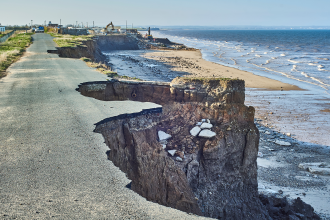Knowledge
Sustainability
At Hames Sharley the philosophy of sustainability underpins our goal in enabling communities to flourish. It is one of our key values employed by all staff as we believe it is crucial in safeguarding the future. From the outset, we understand that our clients need to create assets that maintain or increase in value. This must be considered from an ecological, social and economic standpoint. Our design process takes this into account and is outlined by a three-fold approach that combines commercial intelligence, considering future risks and design; to create intergenerational assets that stand the test of time.
Hames Sharley define intergenerational assets as any type of natural or built asset that increases in value over time. To do this, we aim to design places that produce benefits to those that will use the space both in this generation and for generations to come.


























































